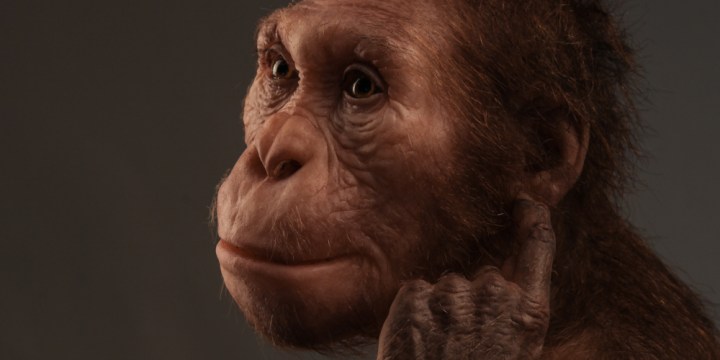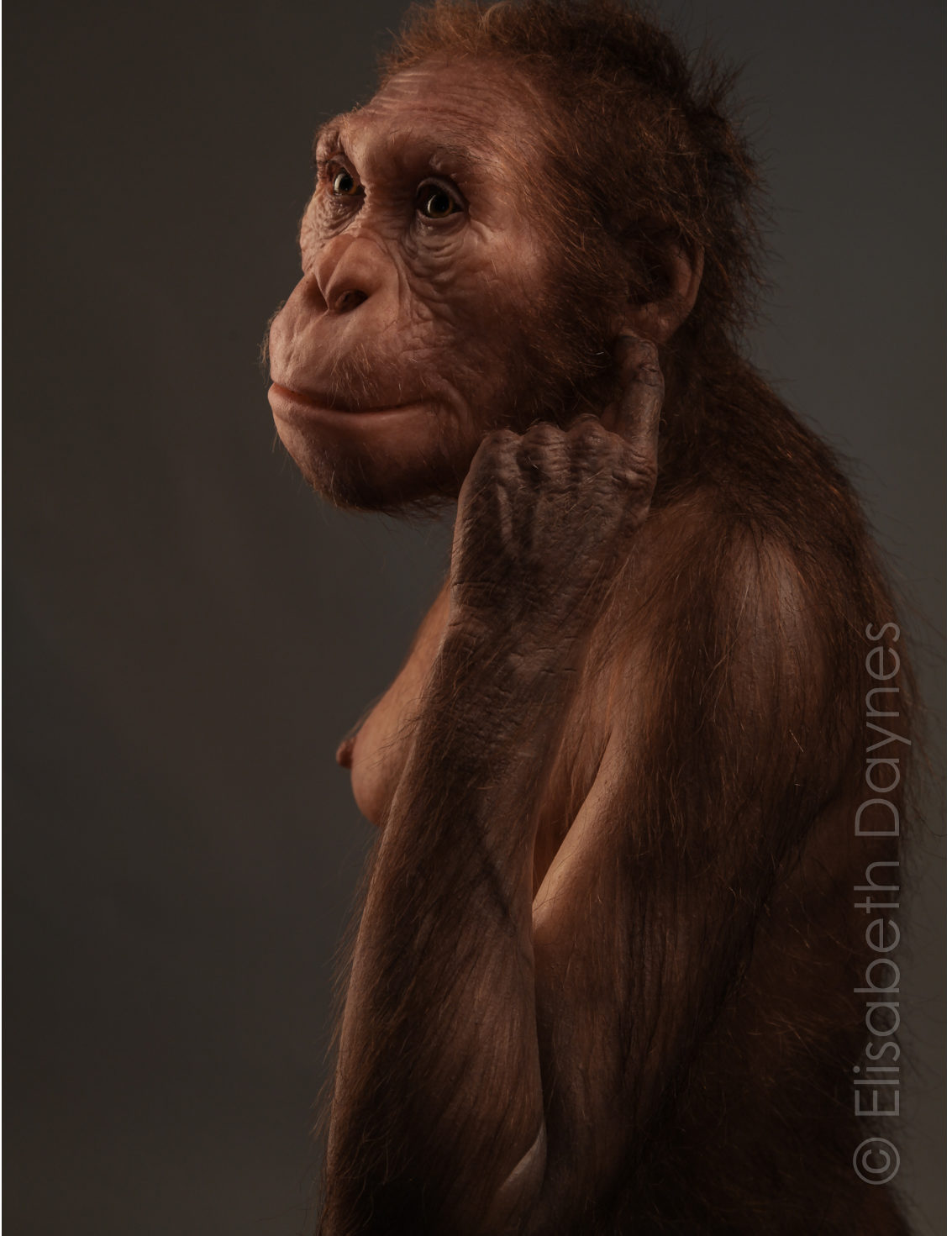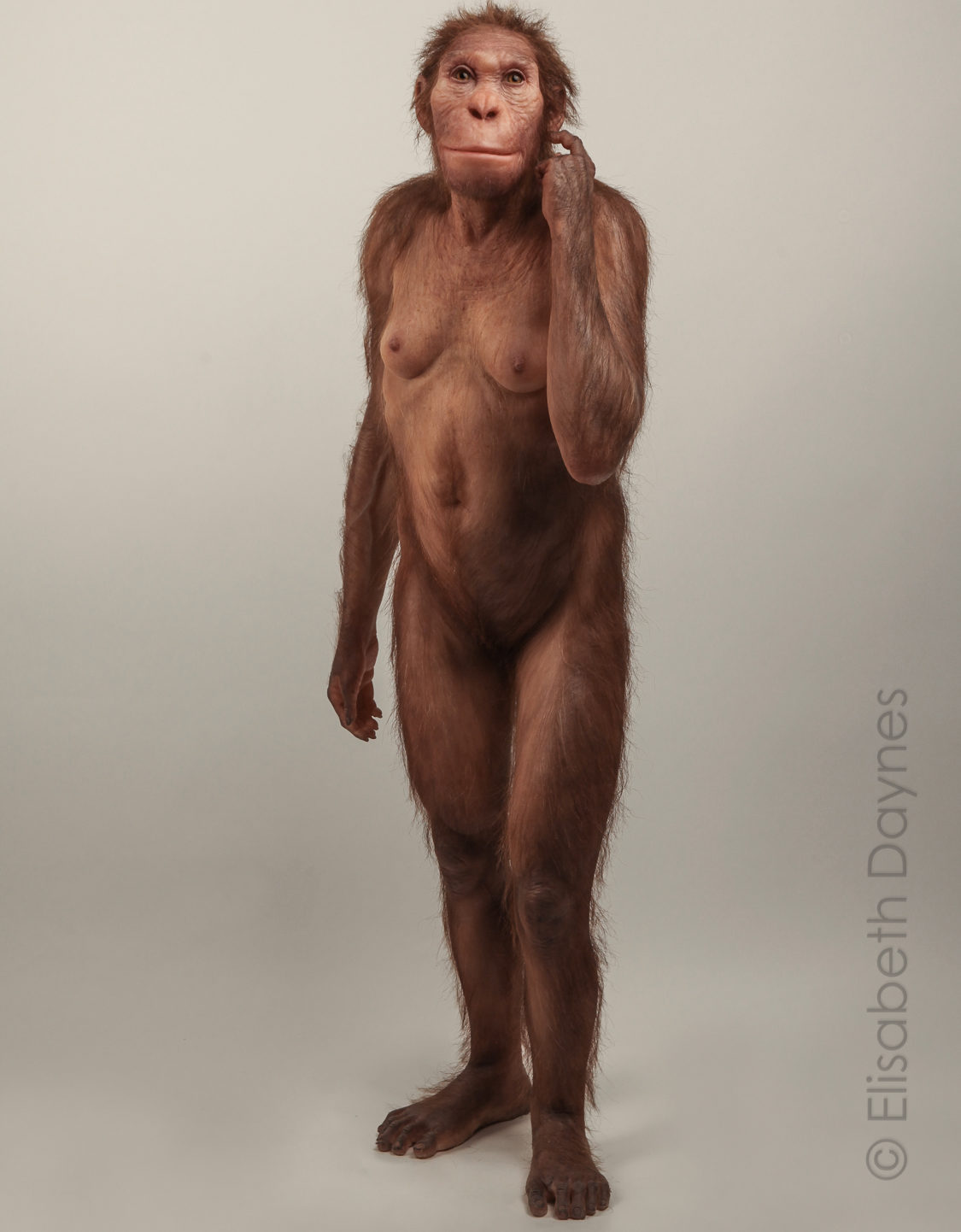Human Evolution
Reading of Sediba’s bones complicates the evolutionary picture without challenging it

A hi-tech study of one of man’s distant relatives has further muddied our understanding of human evolution.
A detailed analysis of two ancient Australopithecus sediba skeletons has finally ended the debate that the pair represented two different species of hominin, but in fact shows that human evolution was far more complex than previously thought.
The two skeletons were thought, by some, to be too anatomically different to represent the same species.
Critics had questioned the different sizes and shape of the vertebra.
Now detailed surface scans and examination of 135 bone specimens have shown that the pair were, in fact, a juvenile male and adult female sediba.
“The differences in these vertebrae can simply be attributed to their developmental age differences: the juvenile individual’s vertebrae have not yet completed growth, whereas the adult’s vertebra growth is complete,” explained Professor Scott A. Williams, of the Centre of the Study of Human Origins at the New York University, in a statement.

Image supplied
The release of the study comes on the 10-year anniversary of the discovery of sediba at Malapa, in the Cradle of Humankind. The battery of scans provides a detailed analysis of the skull, vertebral column and thorax, pelvis, limbs and hands.
It also enabled scientists to create a model of how this human relative walked two million years ago. The 3D computer animation shows a rather flat-footed sediba with an awkward gait, that lacked the confident stride and grace of her future relatives. But then this was still a creature that is believed to have divided its time between walking and being in trees either foraging or seeking refuge from predators.
The research appears in a special issue of the latest open access journal, PaleoAnthropology and what their work shows, according to Professor Jeremy DeSilva, of Dartmouth University, is that human evolution was far more complicated than previously thought.
The recent discovery of sediba and the much later Homo naledi in the Cradle of Humankind has turned traditional beliefs of how humans evolved upside down.

Image supplied
“I certainly wouldn’t say that these new analyses of the Australopithecus sediba fossils challenge our view of evolution. Instead, it just complicates the picture. Au. sediba demonstrates that there were different combinations of anatomies in different species of Australopithecus throughout Africa in the early Pleistocene and it is not clear at all which one evolved into our own genus Homo,” he says.
If sediba was not a direct ancestor to humans, it might have been, according to DeSilva an experiment that eventually died off.
“Human evolution, like the evolution of just about every other mammal, was a complicated process involving many branches and different experiments,” he explains.
Malapa was discovered by Professor Lee Berger, of Wits University in August 2008. He found the site and the first sediba fossil while surveying caves in the area, that he had identified on Google Earth.
Since then it has become one of the most productive hominid sites in the world. The juvenile and female are believed to have died when they fell into a sinkhole, possibly trying to get to the water. The bodies might have become entombed in the sand in the bottom of the cave, allowing for quick fossilisation and preservation.
Besides the two skeletons, there are other sediba remains at Malapa that are still waiting to be excavated.
“What we need are more fossils in different time periods and different geographies in order to truly understand the complex pathways into which we came to being,” explains Berger.
The task now is finding them.
“They are out there, we just need to keep looking,” says DeSilva. DM

















 Become an Insider
Become an Insider